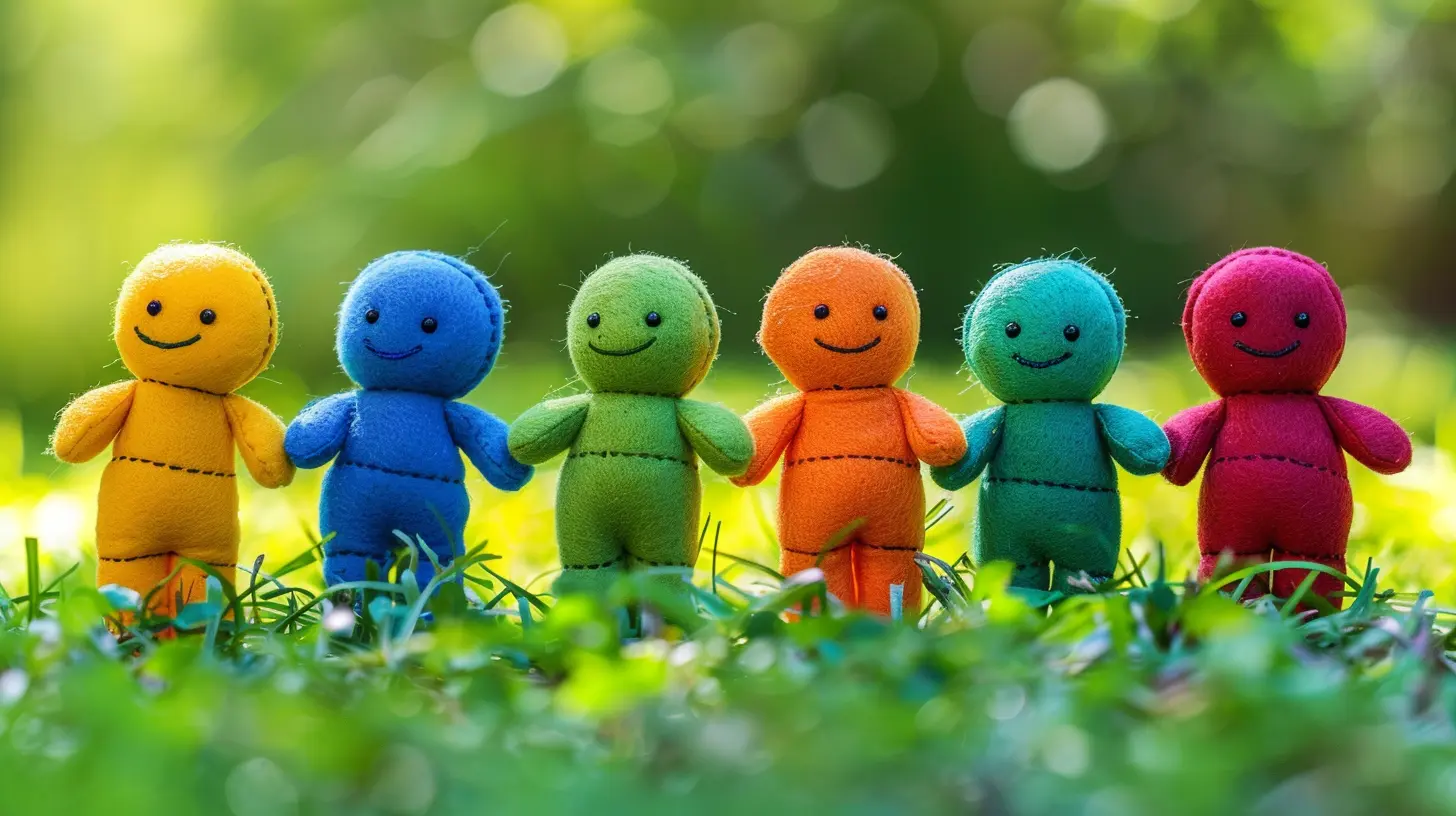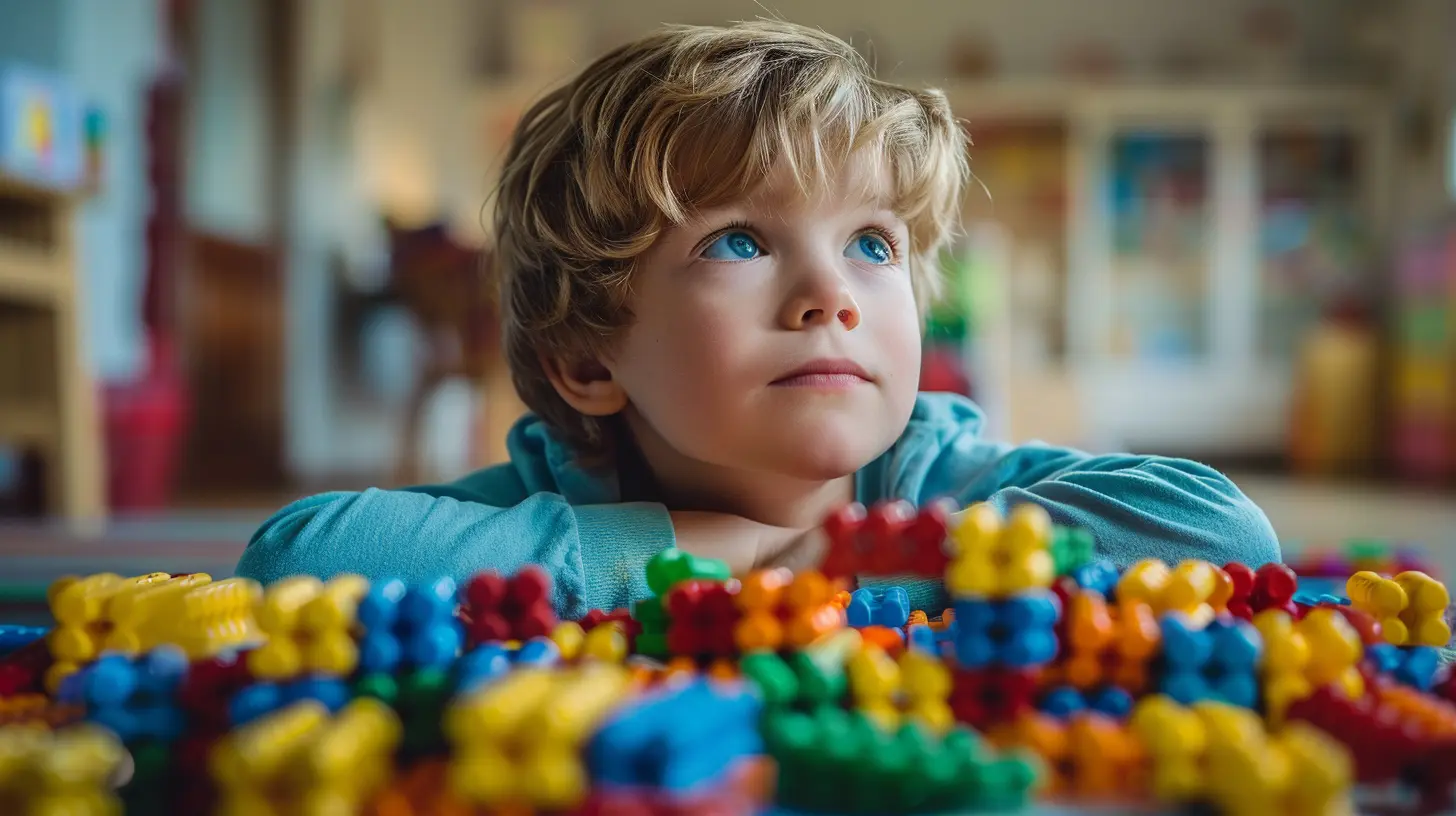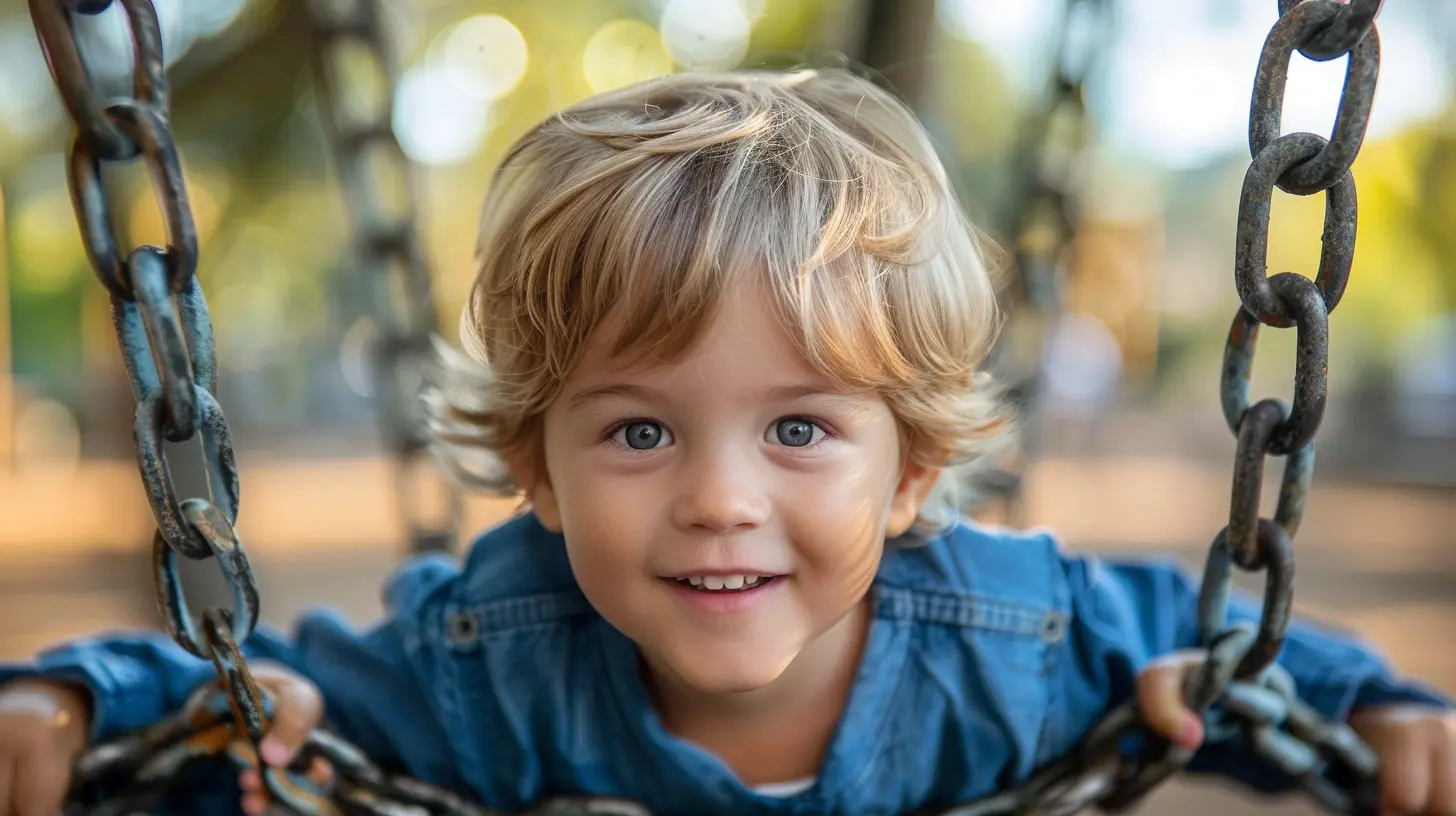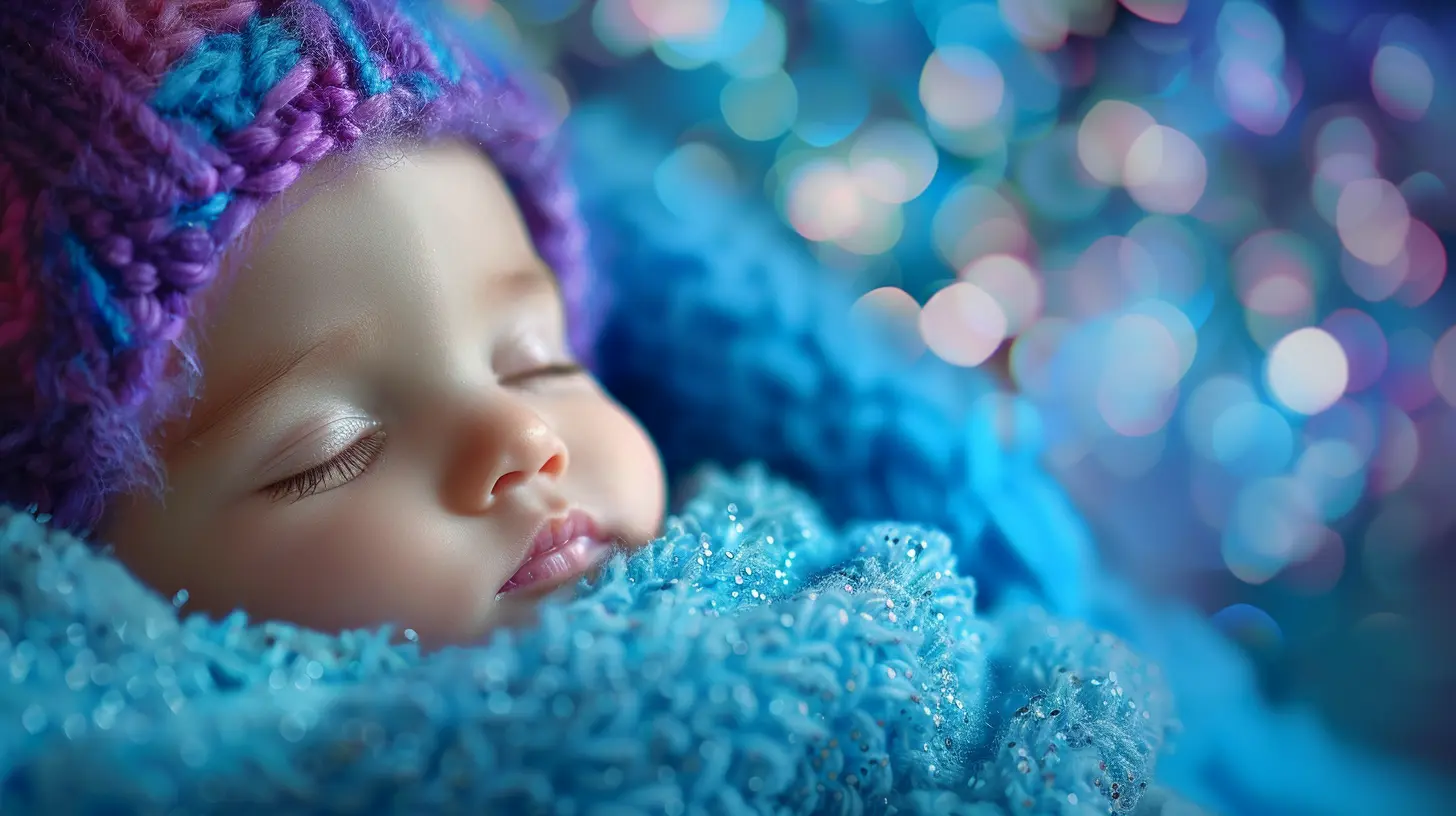The Role of Early Childhood in Attachment Development
14 November 2025
Let’s get something straight right from the jump — early childhood matters. It's not just about cute outfits, adorable giggles, and tiny shoes. It's the foundation of who we become. And when we talk about attachment? Oh boy, that's the beating heart of the human experience.
Attachment isn’t some fluffy psychology buzzword. It’s the emotional glue that sticks us to the people we love, trust, and depend on. It shapes how we relate to romantic partners, friends, even our own kids someday. And guess what? It all starts in those chaotic, sippy-cup-filled early years.
So, how exactly does early childhood influence attachment development? Let’s dig into that. Grab a coffee, get comfy, and let’s unpack how those first few years are pure emotional rocket fuel — for better or worse.
What Is Attachment, Really?
Before we go full steam ahead, let’s get on the same page. Attachment refers to the deep emotional bond that develops between a child and their caregiver — usually a parent. This isn’t just about feeding the baby and changing diapers (though, yes, those things definitely help).It’s about how consistently and warmly a caregiver responds to a child’s needs. Whether a child feels safe, soothed, and understood. Whether they cry and someone shows up... or they cry and no one does. That response — or lack of it — is where attachment is born.
The First Few Years: The Brain Is a Sponge🧠
In early childhood — let’s say from birth to about age five — the brain is firing on all cylinders. It’s like sponge mode activated. Every hug, every smile, every boo-boo kissed — it’s all being logged and wired in.During this phase, infants are literally learning how the world works. Most importantly, they’re deciding: Is the world safe? Am I worthy of love? Do people meet my needs?
If you think that sounds dramatic, you’re right. It is. Because those early answers shape how the brain wires up for relationships, stress, and even physiological responses.
The Four Attachment Styles (Yes, There's a Quiz for That)
Let’s break this down. Based on early childhood interactions, psychologists typically talk about four types of attachment:- Secure Attachment – “I trust that people will be there for me.”
- Anxious Attachment – “I’m worried people will leave me or let me down.”
- Avoidant Attachment – “I’d rather not rely on anyone. Too risky.”
- Disorganized Attachment – “I want love, but it scares the hell out of me.”
These patterns usually show up before age two, and unless some serious self-work or therapy happens, they tend to follow us right into adulthood.
But here's the kicker — kids aren’t born with an attachment style. It’s shaped by how caregivers interact with them.
Meet the Makers: How Parents Set the Tone
Let’s talk about the real MVPs (or villains) in the attachment story — caregivers.A caregiver’s behavior is the blueprint a child uses to build trust, manage emotions, and understand relationships. If caregivers are:
- Emotionally available
- Consistent
- Loving and attentive
The child’s odds of developing a secure attachment skyrocket.
But if caregivers are neglectful, inconsistent, emotionally cold, or even frightening? That’s where insecure styles creep in.
Think about it: If you were a baby, and you never knew whether someone was going to pick you up or not when you cried... would you trust the world? Exactly.
The Power of Consistency (And Nope, It Doesn’t Mean Perfection)
Let’s throw a myth in the trash right now: you do not have to be a perfect parent to raise securely attached kids. No one is 100% responsive all the time. We all have off days. It's about being “good enough” — a term coined by pediatrician and psychoanalyst D.W. Winnicott.What matters most? Consistency over perfection.
Imagine attachment like a dance. If the caregiver can match the rhythm most of the time, the child learns the steps. But if the dance is unpredictable — too fast, too slow, or downright absent — the child trips up emotionally.
Early Attachment Affects Everything (Seriously)
This isn't just about whether you cuddle your toddler enough. Attachment style plays out like a domino effect, influencing:1. Self-Esteem
Securely attached children grow up believing they're worthy of love. Insecurely attached kids? Not so much. They question their value, doubt their lovability, and often become people-pleasers or emotionally distant.2. Emotional Regulation
Ever seen a kid have a full-blown meltdown over the wrong colored cup? Yeah, emotional regulation isn’t just about willpower — it’s tied to early attachment. Secure attachment teaches kids how to manage big feelings without being overwhelmed.3. Relationships Later in Life
How you bond with your partner? Your friends? Even coworkers? All of it traces back to early attachment. If you’re always clinging or always pushing people away — chances are, your inner child is still calling the shots.4. Mental Health
An insecure attachment doesn’t guarantee mental health issues, but it definitely raises the risk. Anxiety, depression, trauma responses — they’re all more likely when those early bonds were shaky.What Happens When Attachment Goes Wrong?
Bad news first: if a child’s needs are ignored, if they’re abused, or exposed to unpredictability, it can leave deep scars.Children may become hyper-vigilant, emotionally numb, or overly clingy. Their nervous systems operate on high alert. They don’t feel safe — in the world, or in themselves.
But here’s the good news: It’s never too late to rewrite the script. Healing is possible. Therapy, safe relationships, and self-awareness can literally rewire the brain. It takes work, yeah. But it’s worth it. Big time.
The Generational Ripple Effect
Let’s have a real moment. If you were raised by someone with insecure attachment — guess what? They probably were too.Attachment styles can be passed down like heirlooms. But that doesn't mean you're stuck with them.
If you’re a parent now, or planning to be — you have the power to break that cycle. To be more aware. More present. More emotionally attuned.
No, that doesn’t mean buying Montessori toys or constantly quoting parenting books. It means showing up, emotionally and consistently. It means seeing your child, really seeing them, and letting them feel that they matter.
Signs of Secure Attachment in Kids
Wanna know if you’re doing things right? Look for these signs:- They seek comfort from you when upset
- They're able to explore on their own but check back with you
- They're happy when you return after being gone
- They show empathy and understanding of emotions
It’s not rocket science — it’s relationship science. And it’s beautiful when it works.
What If I Didn’t Get That As a Kid?
Okay, deep breath. This part is for you — the grown-up who didn’t get what they needed in early childhood.Maybe you had emotionally distant parents. Maybe you were constantly walking on eggshells. Whatever your story, here’s the truth: You’re not broken.
Understanding your attachment style is step number one. From there, therapy (especially with someone trained in attachment theory), journaling, boundary-setting, and inner child work are incredibly powerful tools.
You may have been wired for survival back then — but now, you can rewire for connection. You deserve that.
Early Childhood Isn’t Just a Phase — It’s the Blueprint
Let’s stop calling early childhood a “phase.” It’s the architecture of the human soul. It’s when the foundation is laid, brick by emotional brick.When kids are seen, soothed, safe, and secure — they grow up more confident, more connected, and more emotionally balanced. When they’re not? Their inner world can feel like a war zone.
But here’s the magic: awareness changes things. If you’re a parent, a future parent, or someone still healing from childhood wounds — knowing how important those early years are can shift everything.
Attachment isn’t destiny. But early childhood? It sure as hell sets the stage.
Final Thoughts: Be the Safe Place
We all want someone who’s our soft place to land. That starts in childhood. When a child knows someone has their back — no matter what — they carry that knowing for life.So whether you’re healing your own attachment wounds or nurturing strong bonds with the next generation… just remember: be the safe place. That’s how the real magic happens.
all images in this post were generated using AI tools
Category:
Attachment TheoryAuthor:

Paulina Sanders

